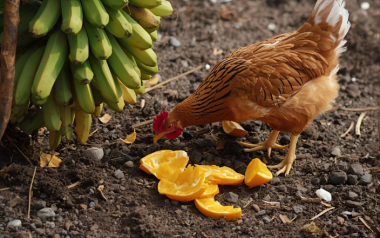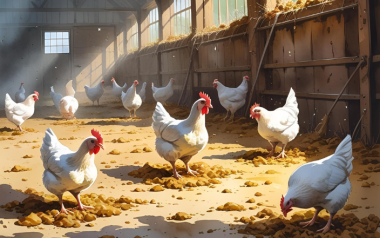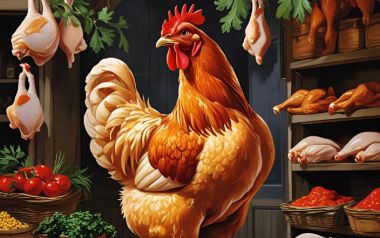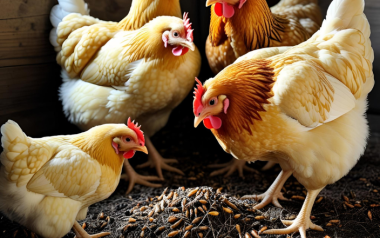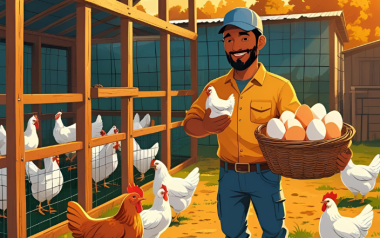Sources: Available upon request.
19 Jun 2024
The role of technology in ensuring sustainable poultry production
Poultry farming has evolved significantly over the years, and technology plays a pivotal role in shaping its future. From small-scale backyard operations to large industrial units, advancements in technology have transformed the poultry industry.
Poultry farming has evolved significantly over the years, and technology plays a pivotal role in shaping its future. From small-scale backyard operations to large industrial units, advancements in technology have transformed the poultry industry. Let’s explore how technology contributes to sustainability, efficiency, and overall well-being in poultry production.
- Precision farming and data-driven decisions
Aviculture precision: a game-changer
Aviculture precision refers to the use of smart technologies to optimize poultry production. These technologies include intelligent sensors, cameras, and automated processes. By collecting real-time data, farmers can make informed decisions regarding feed, water, and environmental conditions. For instance:
- Smart sensors: These devices monitor temperature, humidity, and air quality within poultry houses. They help maintain optimal conditions for bird health and productivity.
- Automated feeding systems: Precision feeding ensures that birds receive the right nutrients at the right time. This not only improves growth rates but also reduces feed wastage.
- Data-driven insights: Analyzing data allows farmers to identify patterns, predict disease outbreaks, and optimize resource utilization.
- Remote monitoring and control
Managing farms from afar
One of the most significant benefits of technological advancements is remote farm management. Farmers can now monitor their poultry operations from anywhere using mobile apps or web interfaces. Key advantages include:
- Productivity: Remote access allows farmers to address issues promptly, leading to better productivity.
- Labor efficiency: Reduced on-site presence means fewer labor hours spent physically checking facilities.
- Quality assurance: Real-time monitoring ensures consistent quality and adherence to safety standards.
- Environmental impact and resource conservation
A greener approach
Technology contributes to environmental sustainability in several ways:
- Reduced waste: Smart systems minimize waste generation. For example, precise feeding reduces excess feed spillage.
- Lower emissions: Efficient management reduces greenhouse gas emissions. Poultry production’s carbon footprint decreases when energy-efficient practices are adopted.
- Water conservation: Smart water management systems prevent water wastage, benefiting both the environment and the farm.
- Animal welfare and health
Happier, healthier birds
Technology enhances animal welfare by:
- Early disease detection: Automated systems detect health issues early, allowing timely intervention.
- Comfortable housing: Climate control, ventilation, and lighting systems create optimal living conditions for birds.
- Reduced stress: Minimized human interference and consistent environments lead to less stress among poultry.
- Economic viability
Balancing profit and sustainability
- Cost savings: Technology streamlines processes, reducing labor costs and minimizing resource wastage.
- Market competitiveness: Sustainable practices attract environmentally conscious consumers.
- Long-term viability: Investments in technology pay off over time, ensuring the farm’s economic stability.
Conclusion
The integration of technology into poultry production is essential for achieving sustainability. By embracing smart solutions, farmers can enhance productivity, reduce environmental impact, and prioritize animal welfare. As we move forward, the poultry industry will continue to evolve, driven by innovation and a commitment to a more sustainable future.







